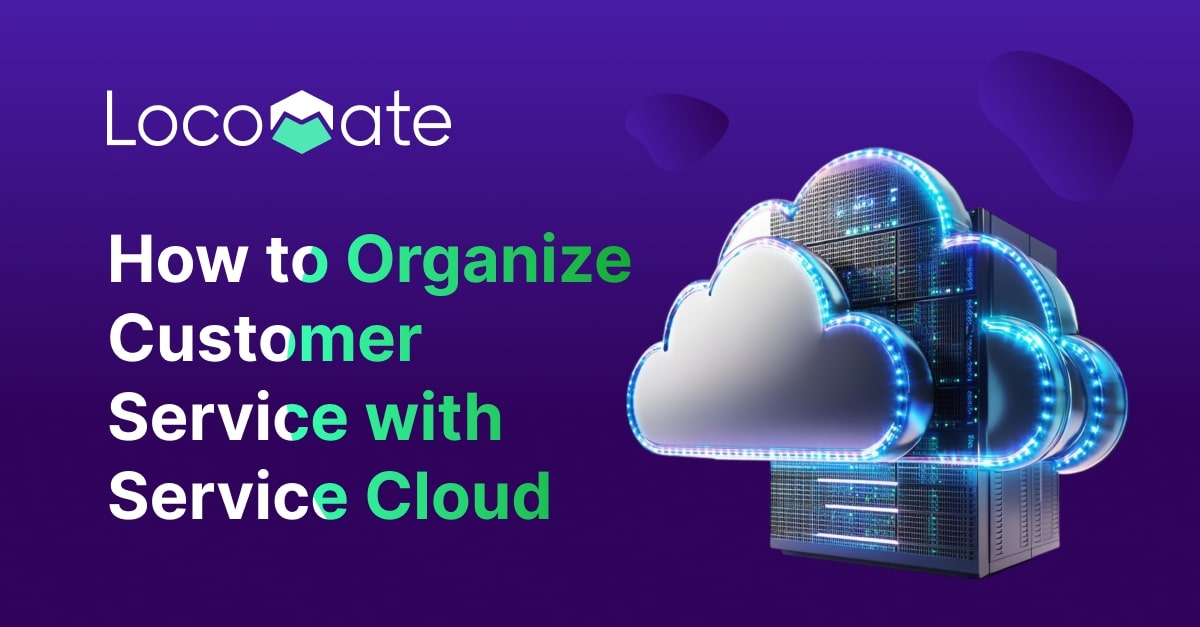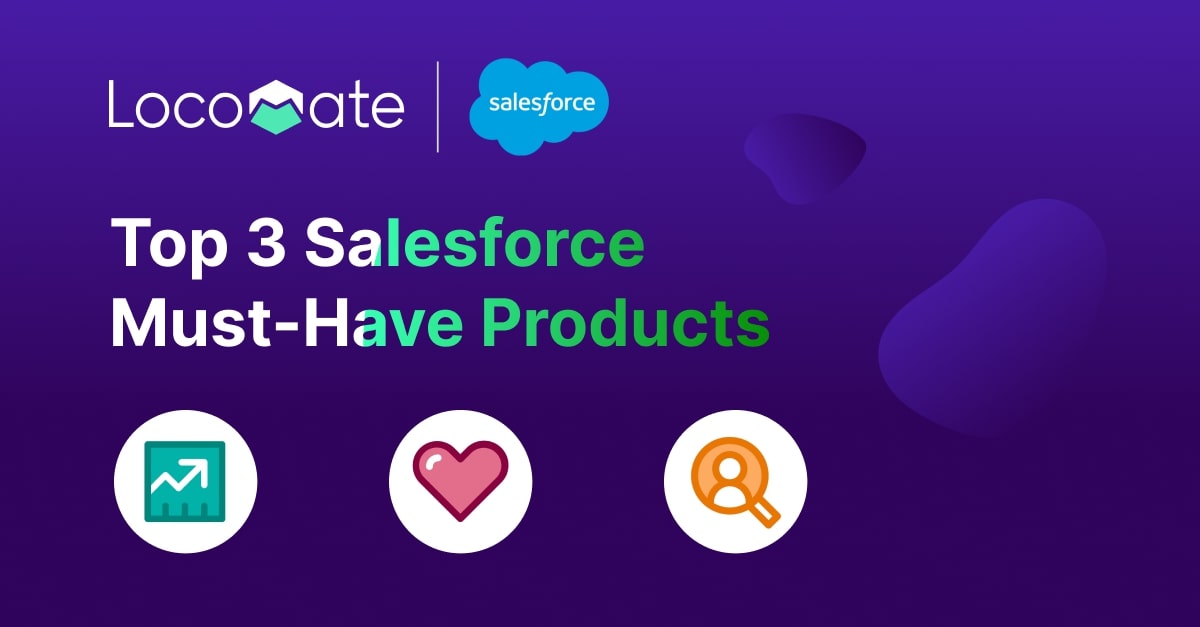Customer 360: Why your business needs a unified customer profile
In today’s hyper-connected and data-driven world, customers expect seamless, personalized experiences across every touchpoint. But for many companies, data remains scattered across departments, tools, and systems — resulting in fragmented service, missed opportunities, and inefficiencies.
Customer 360 is the strategic answer to this challenge. It’s about bringing together all customer-related data into a single, comprehensive view that helps your business act smarter, faster, and more effectively.
What is customer 360?
Customer 360 is a unified, real-time customer profile built by aggregating data from all relevant systems — CRM, ERP, support platforms, marketing tools, and even social media or web analytics.
It’s more than just contact information. A Customer 360 profile includes purchase history, service interactions, preferences, communication records, campaign engagement, and behavioral data — all in one place.
Why it matters for business
1. Better customer experience
With a complete view, your teams can personalize communication and deliver consistent, relevant service across every channel — leading to higher satisfaction and loyalty.
2. Stronger sales and marketing alignment
A unified profile allows both teams to work from the same data: marketing targets the right segments, and sales understands the full context of each lead or client.
3. Smarter decision-making
With centralized analytics and insights, your leadership can make data-informed decisions faster — from product strategies to customer engagement models.
4. Higher operational efficiency
Customer 360 eliminates duplication, manual reconciliation, and siloed workflows. Less friction, more focus.
5. Increased retention and growth
By anticipating customer needs and identifying churn risks early, businesses can proactively retain and grow accounts — boosting lifetime value.
How to build a customer 360 profile
Creating a full customer view requires the right mix of technology, integration, and business alignment. Leading platforms like Salesforce provide built-in tools to help businesses unify data from across the organization:
- Sales Cloud & Service Cloud for centralized CRM and support
- Marketing Cloud for engagement tracking and automation
- Data Cloud (CDP) for real-time data unification
- Einstein AI for intelligent recommendations and insights
- APIs & middleware for connecting legacy or third-party systems
With the right setup, even complex organizations can unlock a 360-degree view in weeks — not years. Implementing Customer 360 is more than a technical project — it’s a business transformation. If you’re ready to turn scattered data into a strategic asset — we’re ready to help.


